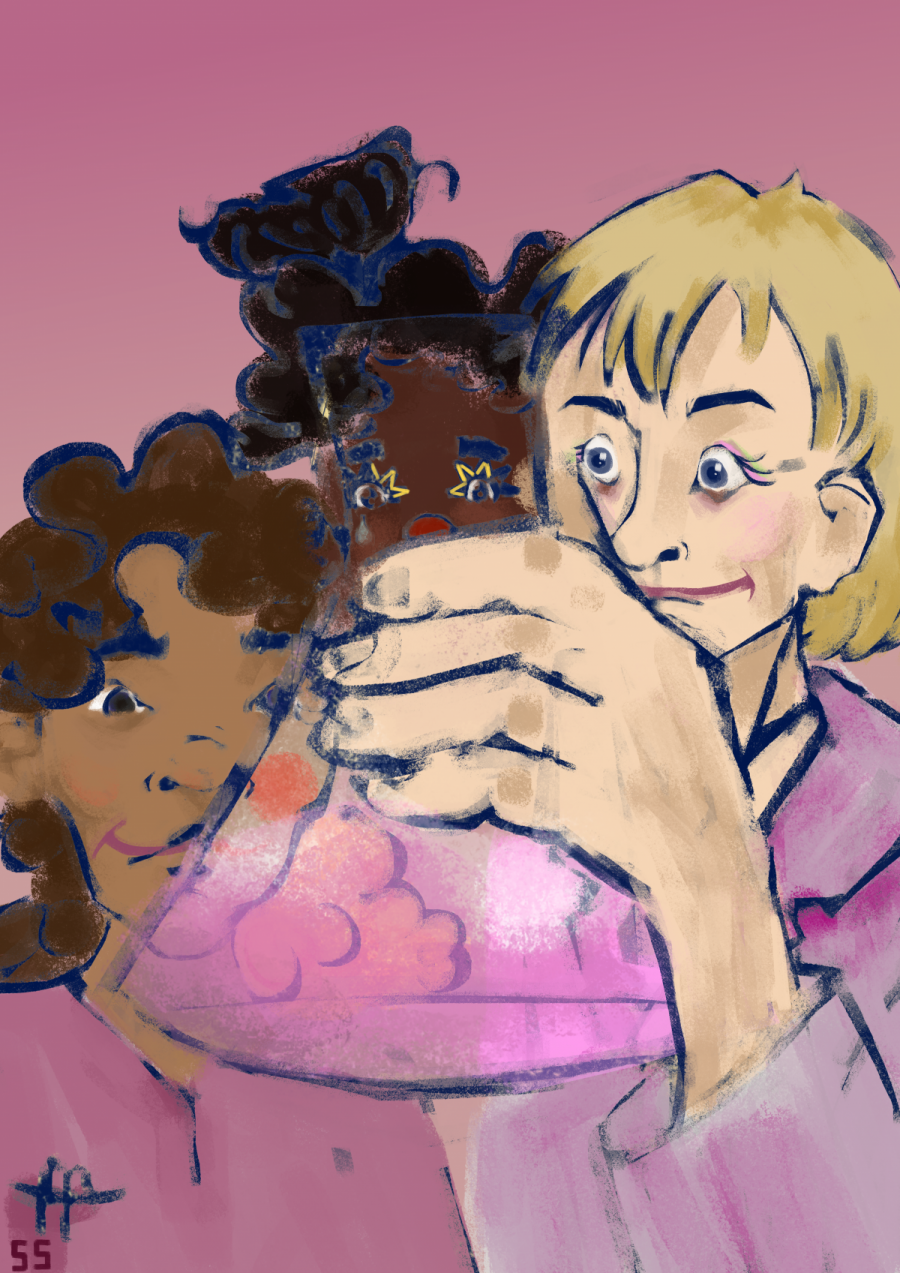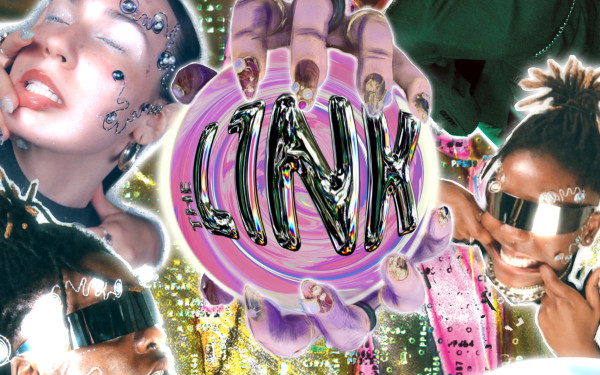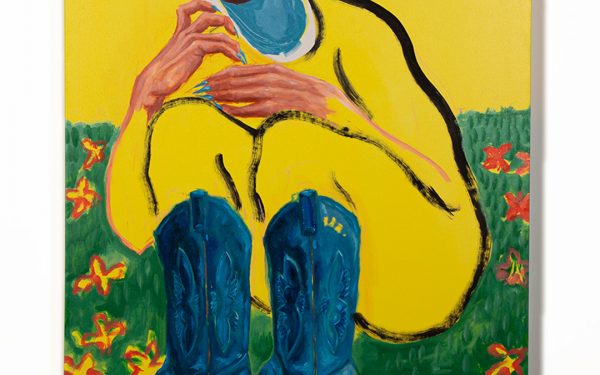Dismantling digital misogyny
How the Women in STEM archetype celebrates breaking barriers at the cost of women in other fields
With files by Anthony Issa
“I am a woman in STEM—bunsen burner, on!” This TikTok audio, currently used in over 9,000 videos, represents one of the most persistent archetypal self-descriptions used by women today. The term can be used to describe any woman studying a program in science, technology, engineering and math.
However, “Women in STEM” occupies an interesting online intersection of trend and archetype.
While not divorced from consumerism (because few things online in this day and age can be), this trend can be attributed to the archetype having meaning offline as well.
Beyond simply being a concrete description of a demographic, the gendered distinction is important when considering that women are statistical minorities in STEM fields.
Similar is the ‘girlboss’ archetype, where women who succeed in corporate environments are expected to assimilate to masculine norms and whose achievements are often considered in spite of their femininity.
It is important to not diminish the systemic misogyny that women entering STEM fields face. While often used in a lighthearted manner, the hashtag #womaninstem is also used to tag content about the difficulties women face in male-dominated fields. Because the stereotypes assume women are less intelligent and overly emotional, many women have had to fight hard to gain access to these spaces and respect once they are in them.
But the reverence of women in STEM programs is not simply because they are breaking barriers for equality in their fields. The admiration of women in specifically STEM fields comes at the same time the arts have been increasingly devalued. While many STEM programs are notoriously academically rigorous, the declining respect for study of the humanities, social sciences, and fine arts still harms women.
The debate between STEM and SHAPE (the framework encompassing social sciences, humanities, the arts, and the economy) highlights the need for a more integrated approach to education. Critics argue that the dichotomy between STEM and SHAPE is false and harmful.
This dichotomy, pushed by public discourse within countries and pushed by their governments, steers and slots people into these two categories.
The arts and humanities have been devalued while placing a heavy emphasis on STEM skills.
This has created an imbalance, with STEM fields rising but SHAPE positions either declining or stagnating.
It's observed that as SHAPE professions become more feminized, such as in teaching and nursing, their average salaries tend to decrease. A study found women working across arts professions make almost $20,000 less per year than men.
It is crucial that women in both the sciences and the arts foster a holistic education that rather than sidelining the arts, integrate them with STEM. This not only impacts the economic value of different academic fields but also raises concerns about gender equity in the professional world.
Balancing women in STEM with women in SHAPE and recognizing the indispensable value of a liberal arts education are essential steps towards addressing these issues.
This article originally appeared in Volume 44, Issue 12, published March 19, 2024.


_600_832_s.png)




